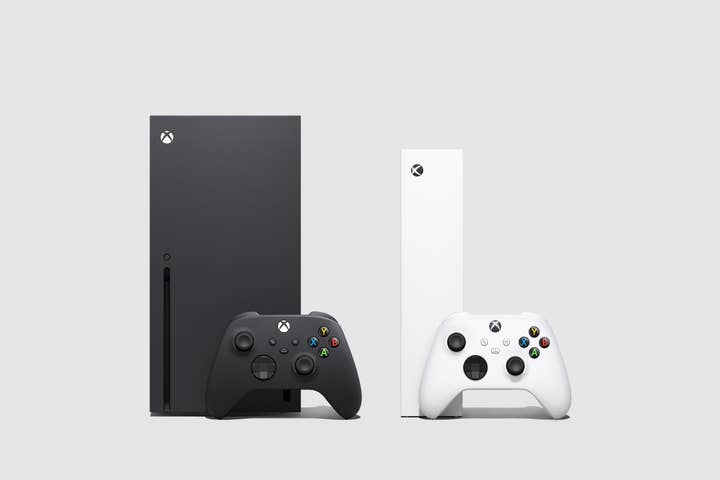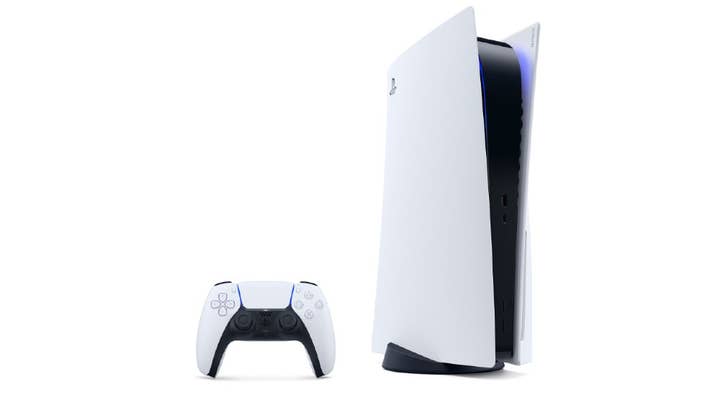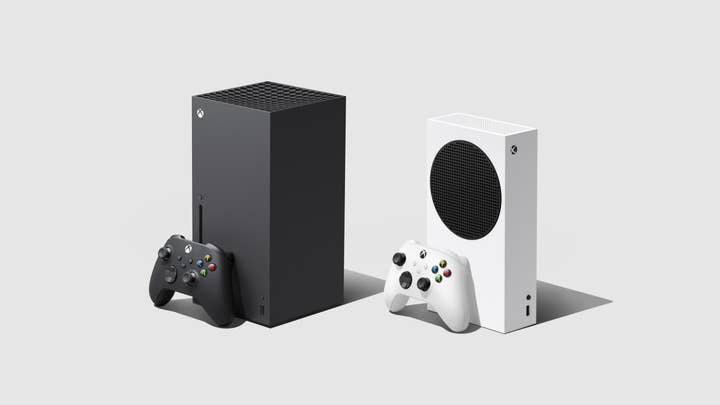Series S redefines "next-gen" - and throws down a gauntlet to Sony | Opinion
Microsoft shows its committment to disrupting the market as the $299 Series S questions the concept of console generations
For the past few months, we've all been watching Microsoft and Sony stare at each other across the Pacific and wondering which of these industry titans was going to blink first.
Their drip-feeds of information over the course of the year so far have revealed next-gen consoles strongly divided by different visions of the market and its future, yet ultimately launching with very similar internal components. A little difference in focus in some regards, sure -- Xbox Series X gains some graphical horsepower where PS5 pushes ahead instead on SSD performance and audio functionality -- but most consumers will be hard-pressed to pinpoint the differences.
Consequently, the practical here-and-now issue for many consumers seemed likely to boil down not to a choice between the rival philosophies of mega-corporations, but two simple questions: what can I play, and how much does it cost?
Even at $100 cheaper than the disc-based PS5, Sony's entry-level would be a few floors higher than Microsoft's bargain basement proposition
"What can I play" remains, thanks in no small part to the global pandemic, a little up in the air but on the vital question of cost, Microsoft -- perhaps egged along by some leaked information -- has blinked first. "Blinked" might be the wrong word, though.
The pricing of Xbox Series X is exactly as you'd expect for a high-spec next-gen system, in the $499 range -- but with its entry-level sibling, the Xbox Series S, Microsoft's pricing reveal feels less like blinking in a staring contest, and more like throwing down a gauntlet. $299 for a next-gen console is a hell of a pitch -- a price point that seems calculated to unleash a whole crate of cats among the pigeons, making a lot of consumers question the value proposition of the higher-end consoles. Simultaneously, and unexpectedly, it puts Microsoft's platform in strong contention for the long-tail market that had, until this week, looked like it would be a pretty sedate stroll across the finish line for the venerable PS4 hoovering up its last few million sales, and the attractively priced Switch enjoying the prime of its life.
The Series S, in other words, turns out to be a much more interesting and potentially disruptive system than we'd expected it to be -- much more so than the PS5's digital-only model, which it will undoubtedly undercut dramatically on price. My best guess is that the digital-only PS5 will be just $50 cheaper than the version with the drive, though Sony might opt for a $100 difference if they're willing to factor in higher future earnings from digital software sales. Even so, Sony's entry-level is going to be a fair few floors higher up than Microsoft's bargain basement proposition.

Creating a next-gen entry point that's priced this competitively right from the outset is a bold move that seems designed to upset the traditional model of console launches in a number of ways; by appealing to a wide audience right from the start, rather than gradually integrating the wider audience as the platform grows over the years, it effectively stamps on the long-tail sales of the prior generations (and why not, if you don't really believe in generations as a concept anyway?) and potentially opens up a much more broad and diverse customer base for next-gen titles from the very start of the generation.
It muddies the waters over the notion of a "generation" when an all-new system doesn't fully support the resolution of most new TVs sold in 2020
Perhaps most interesting -- and almost certainly most controversial in the long term -- is the method by which they're accomplishing this price point. Analysis of the Series S' hardware thus far seems to suggest that it'll actually be less powerful than the existing Xbox One X in terms of pure CPU / GPU grunt -- in the same ballpark, at best -- so its claim to being a "next-gen" console is an unconventional one. Where prior console generations defined their leap over past hardware largely on graphical prowess, the Series S' claim to be a next-gen system is instead entirely based on all the other stuff the next-gen devices are supposed to enable, especially in terms of fast SSDs permitting short load delays and instant game switching.
There's a pretty strong case to be made for that position. We're hiking deep in the dark forests of diminishing returns in terms of graphical fidelity between console generations -- it's not that those returns are gone entirely, but all the low-hanging fruit is thoroughly picked and we're probably never going to see a truly breathtaking leap in visual quality between two console generations again.
There's a good reason why the platform holders are sniffing around other high-profile selling points for this new generation of hardware -- portability for Nintendo, audio fidelity and hyper-fast storage for Sony, fast storage and universal back catalogue access for Microsoft. Stacking these devices up against each other in terms of visual fidelity or teraflop performance is a dead end, because the vast majority of consumers will look at games on all of these systems and think "these all look great". Consumers will find it much easier to perceive the "next-gen-ness" of other areas of functionality -- with the short or non-existent loading times, I suspect, being by far the most impressive feature of the new hardware for most people.

Even if the Series S shares that fast storage advantage with its next-gen stablemates, though, it's also clear that this device is Microsoft's most dramatic attack on the very notion of 'console generations'. It's marketed as a next-gen system, part of the overtly new "Series" designation which is going to co-exist with devices like PS5 in most consumers' minds, but it's probably less powerful than an existing "last-gen" system and as a consequence it's not going to fully support 4K gameplay, which up until now had been pretty much seen as a baseline for next-gen hardware.
Of course, it's important to look outside our own bubbles -- industry types, journalists and more devoted gamers may all be using big 4K displays already, but the market penetration of televisions beyond the 1080P standard still isn't huge and for a lot of consumers, 4K support in a next-gen device is actually surplus to requirements.
Nonetheless, it does raise a question as to the longevity of this device; 4K penetration will only grow in the coming years and for Series S owners, that means an Xbox upgrade will be required (or at least very desirable) when they get around to upgrading their TVs. I doubt that this point will dampen enthusiasm for the Series S too much -- certainly not enough to overcome the extent to which enthusiasm is raised by the $299 price point -- but it muddies the waters over the notion of a "generation" even further when an all-new system doesn't fully support the resolution of most of the new large TVs that'll be sold in 2020.
The ball is now, of course, in Sony's court. There was a rumour that the company might respond rapidly with pricing information of its own, which doesn't appear to have come to pass -- though a law coined by one of my better-known countrymen suggests they'll do so within minutes of this article being published, of course.
The longer they wait to do so, the more people are going to start suspecting that Microsoft have caught Sony on the hop, leading to furious sweating and recalculations of acceptable loss-leader percentages. It's hard to see Sony being able to get away with a pricing model that's any higher than the Series X' $499, especially given Microsoft's aggressive promotion of its subscription models which eliminate up-front cost entirely. If I had to stick a wetted finger in the wind and hazard a guess, I'd say Microsoft might end up with both the cheapest and the most expensive systems, with the PS5 being $449 or $479 (subtract $50 from either of those for the driveless model), but Sony has proved itself more than capable of pulling out (unpleasant) pricing shocks in the past, so I wouldn't fancy placing any bets on that prediction.
Regardless of the specifics, the Series S presents a whole new challenge for these systems to overcome -- especially at a time when price sensitivity is likely to be high for many consumers. Telling them that the entry point to the next-gen is just $299 is likely to bulldozer through any amount of quibbling over what exactly "next-gen" means in this context.

